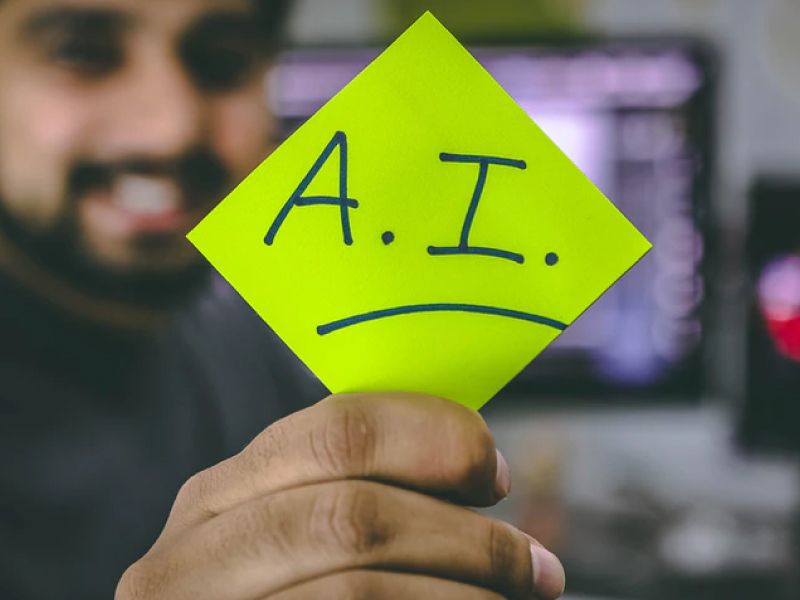
Oct 26, 2020
. UX Tools .
3 min read
UX and Artificial intelligence and Machine Learning
Right now, there’s a lot of buzz around Artificial Intelligence, Machine Learning and how these fields are steadily altering the shape
Right now, there’s a lot of buzz around Artificial Intelligence, Machine Learning and how these fields are steadily altering the shape of the designer’s future requirements and his role. But the real question here is how? How is AI related to UX and how it will affect the way designers work in the future.
AI and UXWhile many claim that a robotic Armageddon is inevitable with the unprecedented progress in the realm of Artificial Intelligence, the only real problem in hand right now is the uncertainty of robots taking over a chunk of human jobs. We are already seeing it-- Uber’s Self Driving Cars, Amazon’s delivery drones, Boston Dynamics’ Cheetah -- the robotic revolution is only revving as we speak.
Well, certainly robots won’t be promising replacements for designers. Creativity on this level is something which will take decades if not never to induce into the machines. There have been attempts, and we know for a fact that they were total failures. After all, despite the abundance and of powerful tools and unlimited access to cloud-based systems, the fact remains that it is always the data scientists that design the applications. Possibly may not be as adept at developing intuitive interfaces as we might think. With time, more and more non-technical people are getting the hands-on experience of the technology. They are the ones to achieve the objectives that their business demands.
In light of this discovery, perhaps it will be apt to mention that there has been an emergence of a new category of AI products and tools called Automated Machine Learning or AutoML. Not only does AutoML use simple workflows and drag and drop functionality, but it also has certain provisions to create highly sophisticated models which make room for making Artificial Intelligence accessible to everyone.
Digital Transformation and Personalized UXIn an attempt to augment cognitive processes and replicating human-level creativity, computer scientists have been keeping their heads low and developing AI-based services and applications that make use of machine learning. These tools and services have been designed to improve with time and data that they would consume. It’s actually simple-- more data implies better AI which in turn implies increased mass adoption. According to an adaptive user’s needs and requirements, the system gets agile further, and we see an altogether positive impact of digital loops.
Websites are now aggregating multiple data points from customer research so as to develop a more personalized experience for regular users. While it’s still a threat to most job-holders, machines taking over the analysis process makes the task economically viable and keeps the designers’ schedule unaffected. Even the chatbots are evolving and getting intelligent with the progress in AI. Not only have they moved on from scripted dialogues, but the ‘intelligent agents’ are also now answering users’ queries in real-time.
Along with relevant information architecture, the steady and linear progression of AI depends on the human-centred design. Based on the user information and the size of the data, the content has to be mapped or tagged so as to stay relevant to the user.
What If It Fails?The case of failure shall arise if either of AI or UX are not properly configured or aligned with each other. The results would be catastrophic-- misuse, distortion in media, usage frustration. It is fundamentally impossible for AI to decide or determine which problems to solve and which to dodge. The issues could range from marginal to large-scale when the parameters which map the users’ personalized requirements are not met.
Even today, it is visually impossible to separate AI-generated content from the traditional ones. The entire mechanism though, still needs multiple, strengthened reinforcements so as to stick to the public expectations, and it shall all begin from market research and candid feedback.
Categories
UX Design Process
UX Tools
Consumer Experience
UI UXs